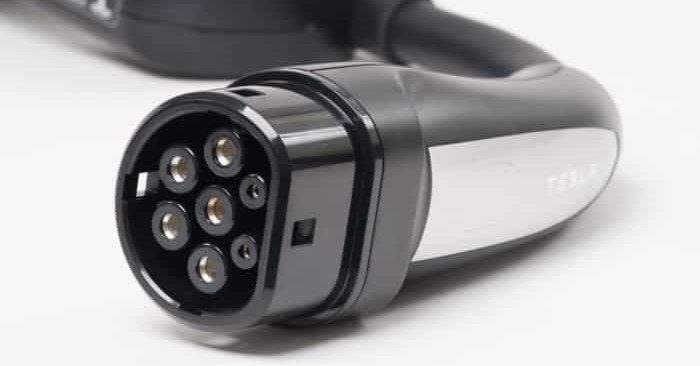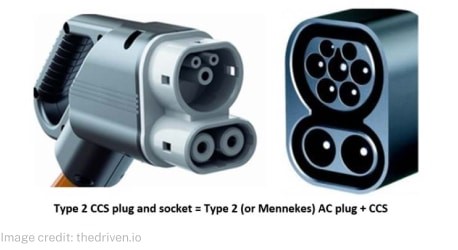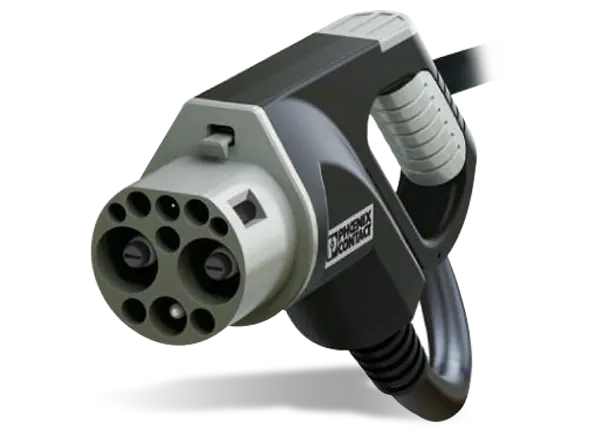Getting to Know the Types of EV Connectors
An introduction to EV Connectors
Like how our computers, smartphones and electrical appliances need their respective chargers, an EV will also need its compatible charging connector. In other words, we don’t get to choose the type of connector to use for our EV, as it is pre-determined by the car manufacturers depending on the region of origin.
In this article, let's take a look at all the charging connectors available in the world today.
General Overview of EV Connectors
EV connectors are divided into two main electric current types: Alternating Current (AC) and Direct Current (DC). AC connectors will allow charging up to 43 kW, while DC connectors will allow fast charging of up to 350 kW.
AC Connectors:
1. Type 1 Connectors
Type 1 connectors are single-phase plugs, and they are considered the plug standard for EVs in North America and Asia. Depending on the charging power of your EV as well as the grid capability, it allows you to charge your car at a speed of up to 7.4 kW.
The Type 1 connector has a five-pin design. While two pins are used for communication between the EV and charging stations to determine the maximum current available to the vehicle and to keep the car stationary while charging, the other three pins are used as AC lines for charging and a line for grounding.
2. Type 2 Connectors
Type 2 connectors are triple-phase plugs because they have three additional wires to let the current run through, allowing you to charge your EV faster. It is most commonly used by most car manufacturers, especially in Europe. However, most of the newer vehicles coming to the market, even from the Asian market are now being supplied with the Type 2 connector.
Type 2 connector has a seven-pin design where the two extra pins allow these connectors to support three-phase charging.
3. GB/T standard Connectors
Under the supervision of the Guobiao Standardization Commission in China, the GB/T standard connector was developed. It’s only available in China’s ecosystem, which means all EVs manufactured and sold in China only use GB/T as their charging port. Hence, manufacturers that want to export their EVs to China must make sure that they are GB/T compatible.
Although the connector seems to be the same as Type 2, the cables inside are arranged in reverse order so they are not compatible.
DC Connectors:

1. CHAdeMO
CHAdeMO, an abbreviation of "CHArge de MOve", means move using charge. It is a fast charger that allows charging up to 100 kW for battery electric vehicles.
Designed by a collection of carmakers industry groups, it is used by manufacturers like Nissan, Toyota, and Mitsubishi. In 2018, the CHAdeMO Association introduced the second version of its connector, which allows you to charge up to 400 kW. Currently, the association is working with China to develop an ultra-fast connector capable of charging up to 900 kW.

2. CCS
CCS, or Combined Charging System, gets its name from its ability to allow both AC and DC chargers to use the same connectors. It is currently the most popular type of DC connector and an “open industry standard” that vehicle manufacturers such as BMW, Ford, Volkswagen and Hyundai around the world use.
It is basically an enhanced version of Type 1 and Type 2 chargers, with two additional power contacts added at the bottom to support DC charging at a speed of up to 350 kW. In the case of DC charging, these two lower pins participate in the charging itself; and from the upper part, only the communication pin and the earth conductor are used to provide the reference point for the protection systems.

3. GB / T
Just like its AC charging, China has its own standards for DC charging. GB/T is currently working with CHAdeMO to develop the third generation of connectors that should be capable of transmitting 900 kW.

4. Tesla Supercharger
The Tesla Supercharger is exclusive to Tesla EVs, which allows Tesla customers to charge at their own charging stations that cannot be used by any other vehicle.
At the same time, however, Tesla also offers adapters that allow Tesla drivers to charge their EVs on non-Tesla chargers, so it wouldn’t be a problem for them to use charging stations with a Type 1 or CHAdeMO plug.
Key Takeaways:
- EV connectors are divided into two main electric current types: Alternating Current (AC) and Direct Current (DC).
- Type 1 connectors are common for American vehicles, it’s a single-phase plug and can charge at a speed of up to 7.4 kW.
- Type 2 connectors are the plug standard for European and Asian vehicles since 2018, and it’s a triple-phase plug and can charge at a level of up to 43 kW.
- GB/T standard connectors are the only connectors used as their charging port in China, so all EVs exported into China must be GB/T compatible.
- CHAdeMO can be found in Asian EVs and allows for high charging capacities as well as bidirectional charging.
- CCS is an updated version of Type 1 and Type 2 connectors with two additional power contacts to allow faster charging.
